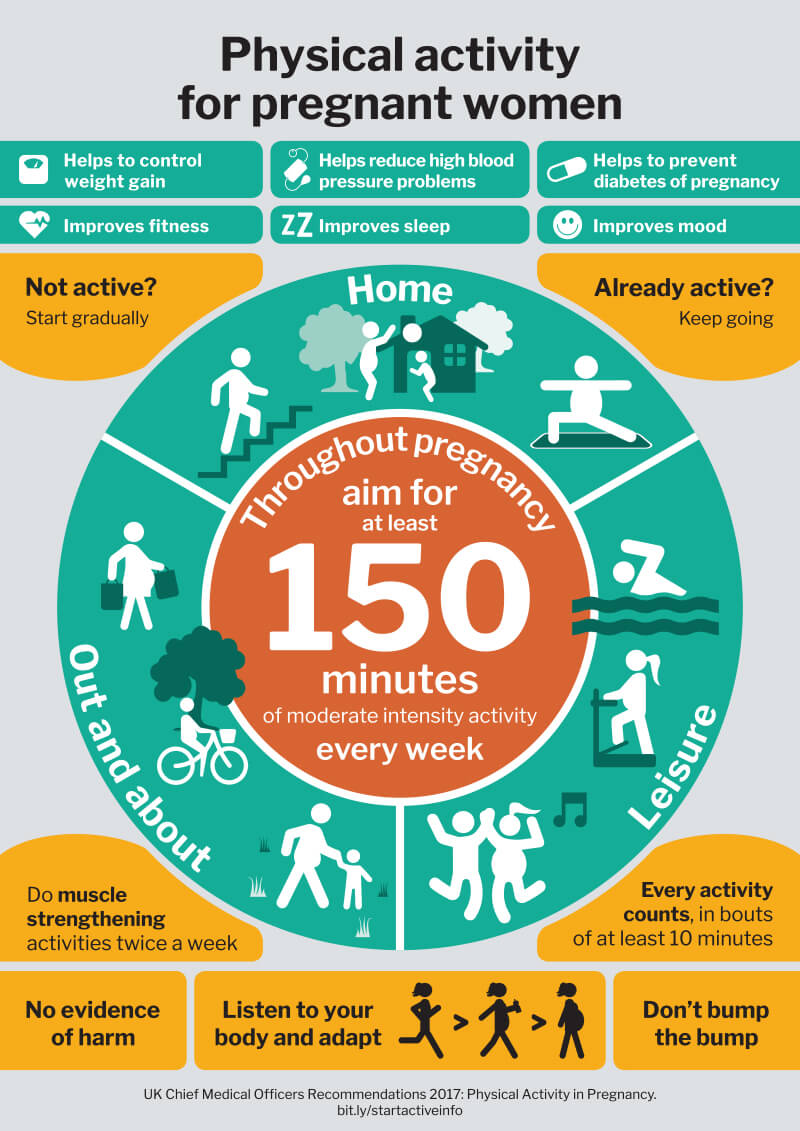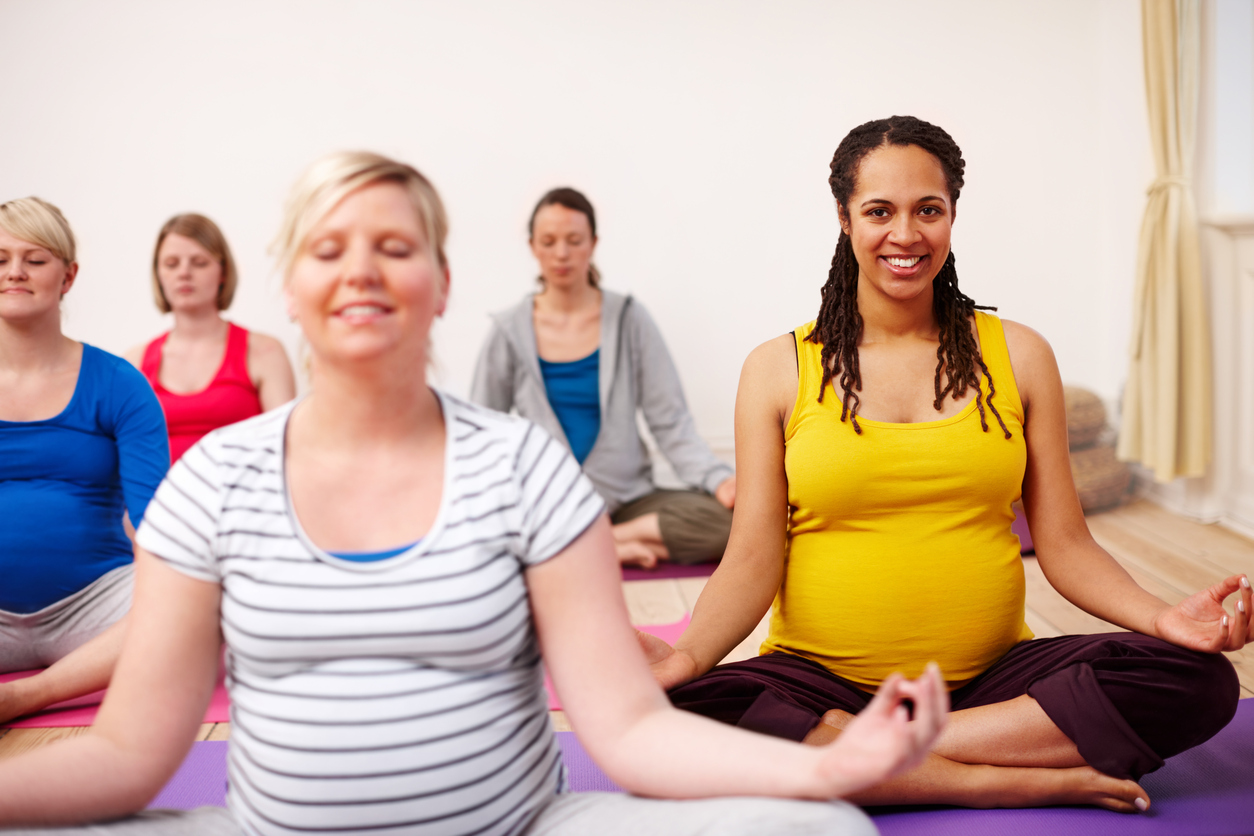
- Avoid overexertion and adjust your routine as needed. If unsure, consult your healthcare provider.
- A good guideline is to ensure you can hold a conversation while exercising—if you're too breathless to talk, ease up.
- If you were not previously active, start with gentle exercises and inform any fitness instructor of your pregnancy.
- Even light activities, such as walking, can be beneficial.
Safe Exercise Practices
- Always warm up before and cool down after workouts.
- Aim for daily movement, even if it’s just a short walk.
- Stay hydrated and avoid strenuous activity in hot weather.
- Choose swimming or water-based exercises for added support and comfort.
- If attending exercise classes, ensure the instructor is qualified and aware of your pregnancy stage.
Exercises to Approach with Caution
- Activities with a high risk of falling (e.g., horse riding, skiing, gymnastics) should be done carefully.
- Avoid lying flat on your back for extended periods after 16 weeks, as this may affect circulation.
- Steer clear of contact sports, scuba diving, and high-altitude activities above 2,500m to minimize risks.
Remember, exercise doesn’t have to be intense to be beneficial—listen to your body and adjust as needed.
.



